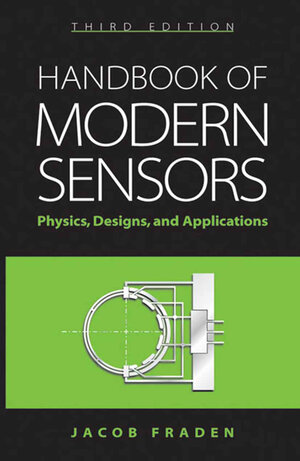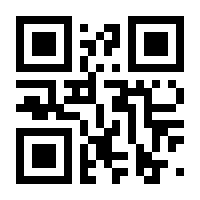
From the reviews:
„… A very useful book … It strikes an excellent balance between a large variety of different sensor types and moderate description of each to yield a book of reasonable length … Provides excellent information on all types of physical measurements. I recommend it highly.“ Biomedical Instrumentation & Technology
„Jacob Fraden has produced a valuable, single-volume reference on the devices that bridge the analog and digital worlds.“ Lawrence Rubin, MIT
From the reviews of the third edition:
„This is a weighty volume of nearly 600 pages. … The book is undoubtedly useful as a source of reference. The large number of sensors described in it, and the consideration of underlying principles of operation should help people … .“ (Allan Hobson, Robotica, Vol. 23, 2005)
„This book handles the basic and absolutely most important common areas of all sensor applications. It gives a good overview of a very wide range of sensor applications, which is not found in many other books in such a detailed form. … This book is useful for everybody who works with any kind of measurement technique. For beginners it is a good introduction to the world of sensors. For advanced users it is a good and extensive handbook and help.“ (Rüdiger Frank, Analytical and Bioanalytical Chemistry, Vol. 382, 2005)
„This book … aims for breadth and to be a reasonably comprehensive account of most modern sensors. … The Handbook is a readable reference text for researchers, graduate students and engineers … . Don’t read this book if you don’t want to know how the sensors work … . If, however you want to understand how a sensor works, the principle behind it … or use all that sensors have to offer technically, then this book is for you.“ (Stephen Kukureka Fimmm, Materials World, Vol. 13 (2), February, 2005)
„Sensors are the eyes, the ears and the noses of the silicium chips. ... The aim of the author is to provide comprehension, samples, general solutions for use, tables of practical data, all in volume. He succeeds to provide an enormous amount of information. … It’s a wonderful illustration of physics. … a very interesting and good book, useful for experimental physicist or engineer even for theoreticians to see how theory is applied practically. A book to be placed in each laboratory’s library.“ (J-C. Jodogne, Physicalia, Vol. 28 (4-6), 2006)



